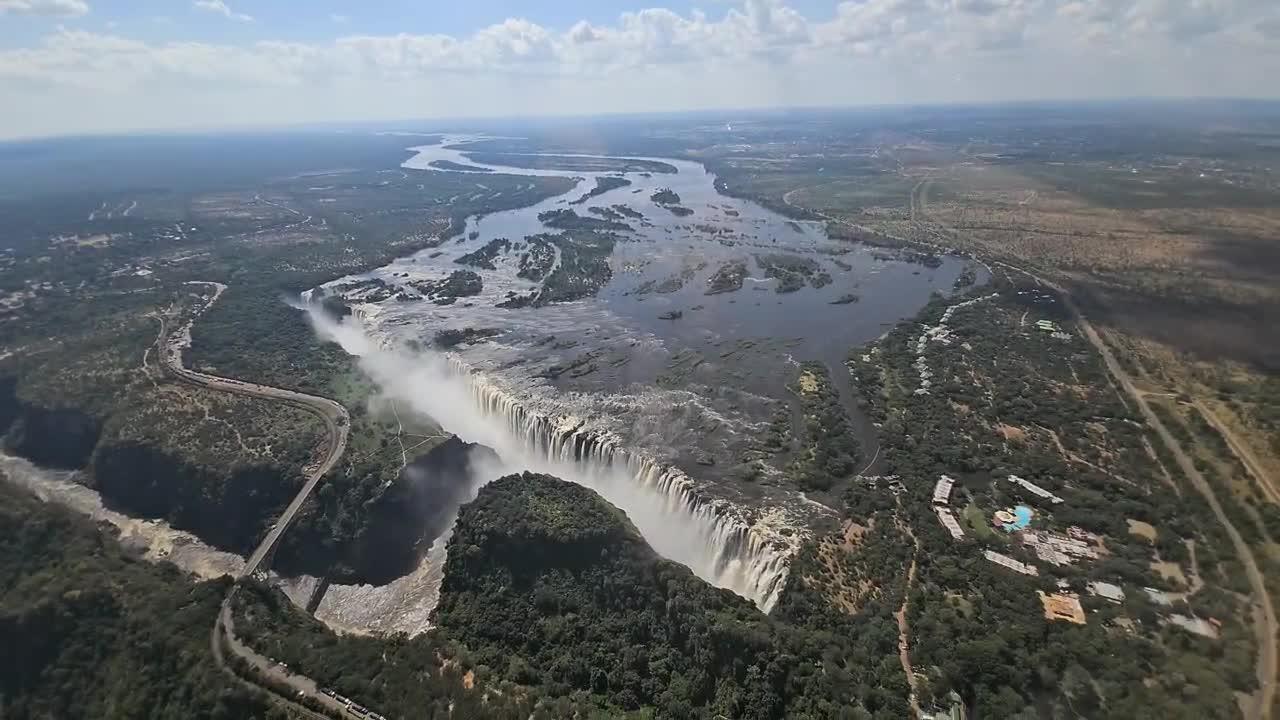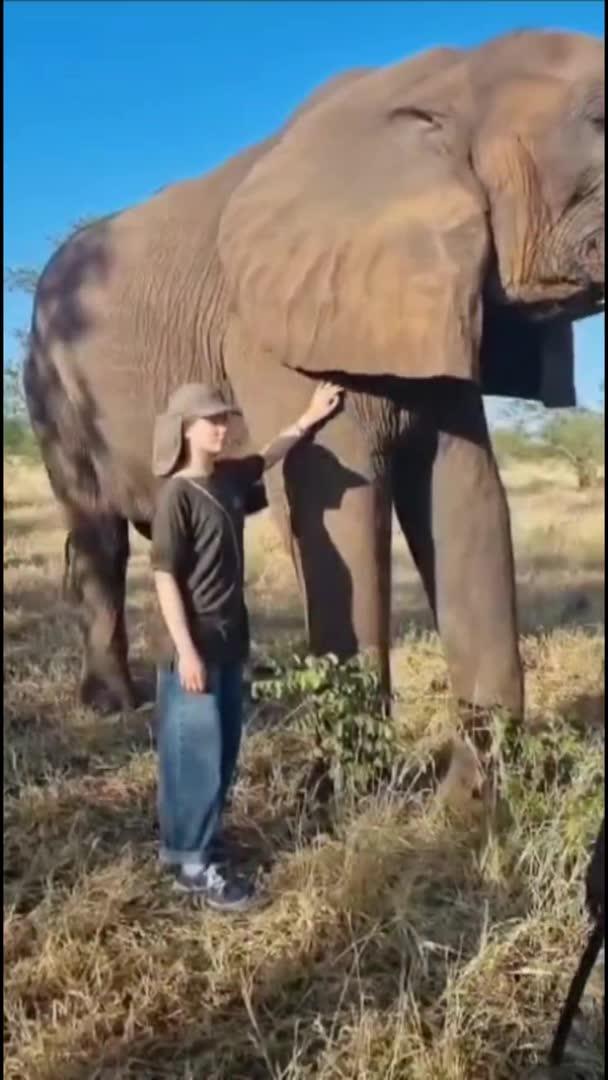
Whether it’s your very first deer or the mountain of your dreams, Safari Studios has you covered! We feel blessed to be apart of some of the greatest trophy rooms that exist!
Post: 29 March 17:55

Post: 29 March 17:55

Post: 10 April 17:51

Post: 30 July 10:41

Post: 22 November 09:48

Post: 26 April 09:42

Post: 21 August 22:49

Post: 28 July 10:24

Post: 29 January 12:07

Post: 24 July 20:57

Post: 29 July 19:06

Post: 22 November 11:15

Post: 25 July 19:42

Post: 24 February 10:17

Post: 21 April 11:03

Post: 23 September 12:34

Post: 30 July 10:39

Post: 28 July 10:21

Post: 25 July 19:53

Post: 24 July 11:02

Post: 23 February 15:25

Post: 29 July 11:26

Post: 21 June 14:13

Post: 11 August 00:12

Post: 10 July 14:06

Post: 5 December 09:30

Post: 10 April 12:34

Post: 14 January 09:54

Post: 3 May 09:14

Post: 8 June 13:18

Post: 29 August 08:47

Post: 26 August 13:41

Post: 31 July 18:58

Post: 7 July 06:49

Post: 8 May 09:09

Post: 19 March 09:38

Post: 29 July 19:08

Post: 22 June 14:31

Post: 25 July 11:02

Post: 17 July 06:03

Post: 11 July 09:41

Post: 11 July 06:35

Post: 10 July 06:50

Post: 9 July 06:21

Post: 8 July 09:14

Post: 8 July 06:15

Post: 2 July 11:11

Post: 11 June 22:06

Post: 26 May 06:37

Post: 11 April 07:52

Post: 31 August 17:59